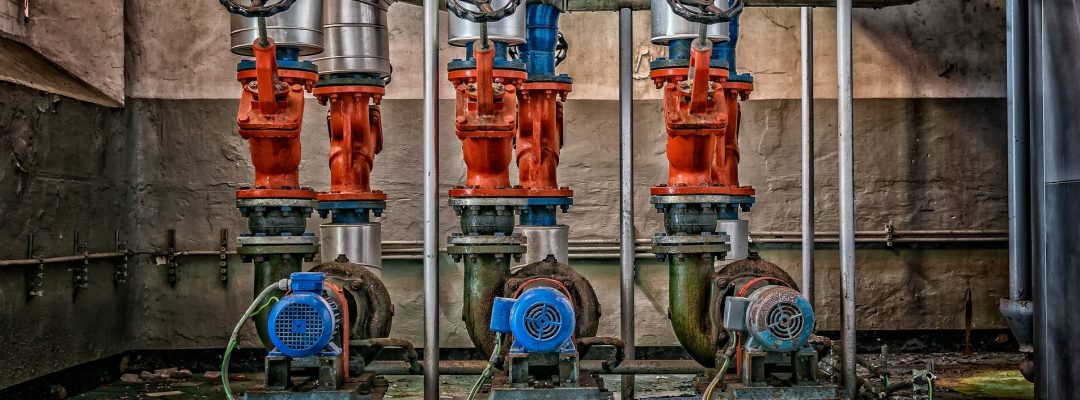Pumps & Valves
Our engineers at BelleFlex® are experienced with Belleville applications for pumps, valves, and emission leakage control systems. Our flange bolting is used regularly in pumps and valves to help eliminate flange leakage caused by bolt stretch, gasket creep, and cycles of thermal change. Leakage is greatly reduced, if not eliminated by maintaining load on bolted joints. Many materials are available, such as H13 Tool Steel, 17-7 PH Stainless Steel, and INCONEL® 718 and X-750 Alloys.
For situations in which there is wide variation in temperature, BelleFlex® provides cryogenic flange bolting in a variety of materials for reducing leaks in cryogenic applications. We carry a large in-stock selection of flange bolting for cryogenic applications in materials with good cryogenic properties such as PH (precipitation hardening) and Carpenter Technology stainless steels.
Using Belleville Washers and Disc Springs in Valves
Belleville washers and disc springs are also important for good valve performance and can be used in several places on a valve including the valve bonnet, gland follower, and even to load the seat of a ball valve.
Ball Valve Seat
Utilizing a Belleville disc spring to properly load the seat of a ball valve will mitigate leakage and wear between the ball and seat.
Valve Bonnet Bolting
When Belleville washers are used on the valve bonnet bolting, the elasticity of the fastening system is increased to reduce loss of preload due to thermal cycling, embedment, vibration, bolt or gasket creep, or even irregular tightening.
Live Loading Valve Packing
“Live loading” is a method of using Belleville disc springs to preserve preload in valves. A Belleville disc spring is added to the gland follower of a packed valve to create a controlled, sustainable amount of stress in the packing set. Properly executed live loading can greatly reduce the likelihood of mechanical failure. Live loading is used only for packed valves and offers the greatest benefit for valves that are critical, especially those that are governed by Environmental Protection Agency (EPA) rules, located inconveniently for manual maintenance, subjected to high temperatures and pressures, frequently cycled, and/or motor-operated.

